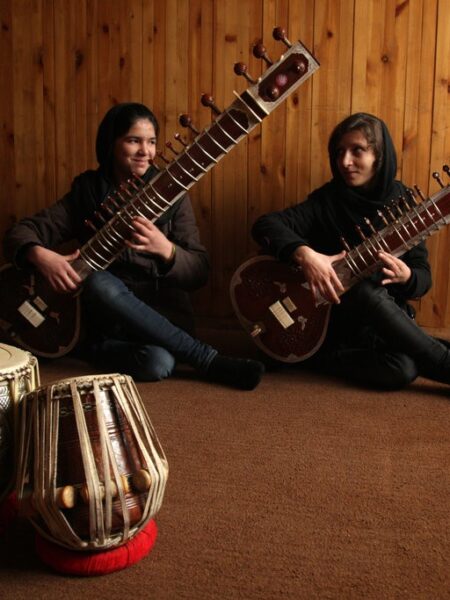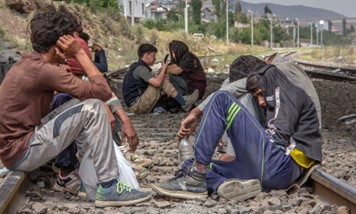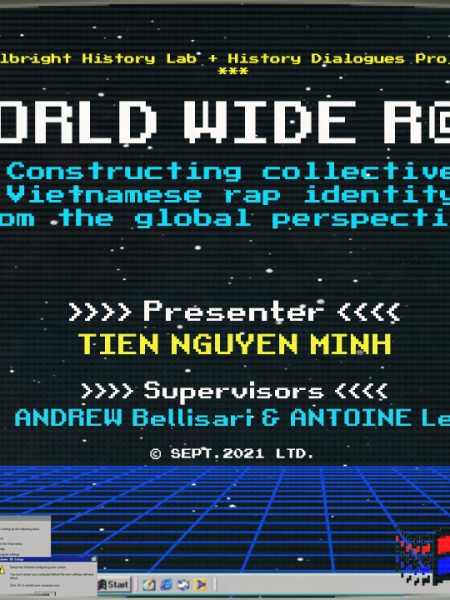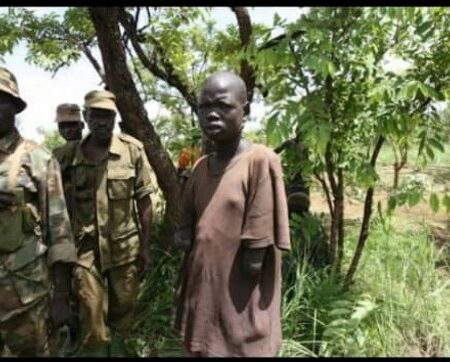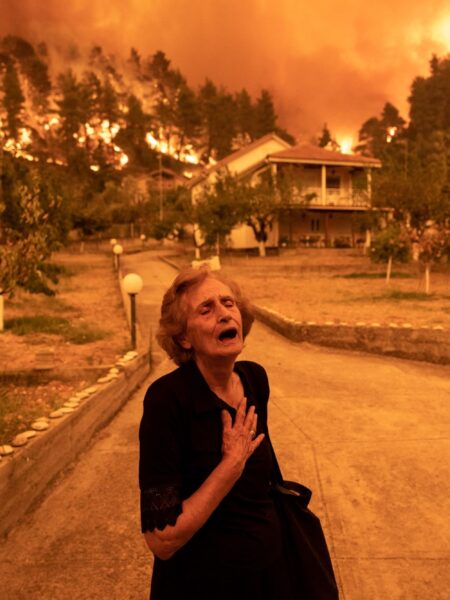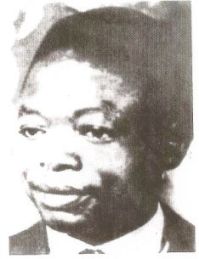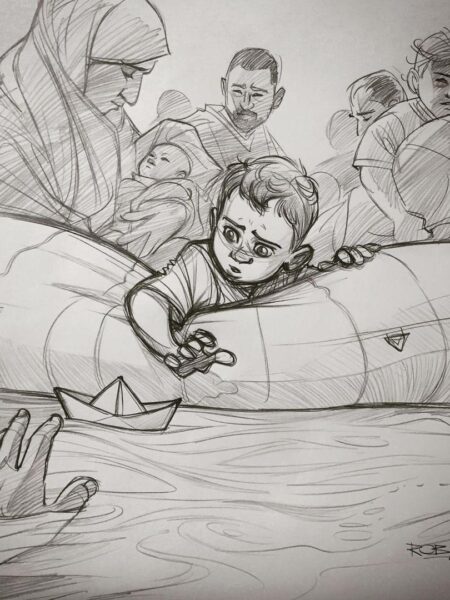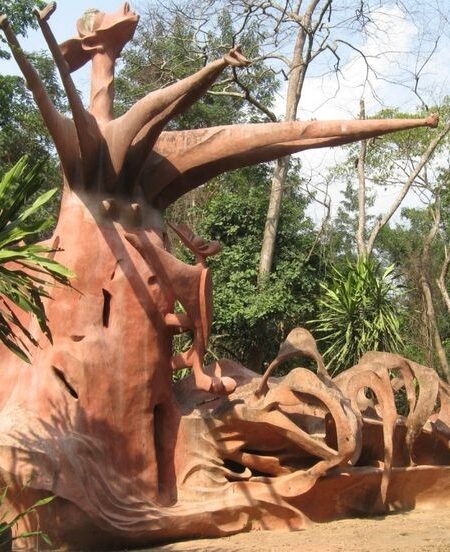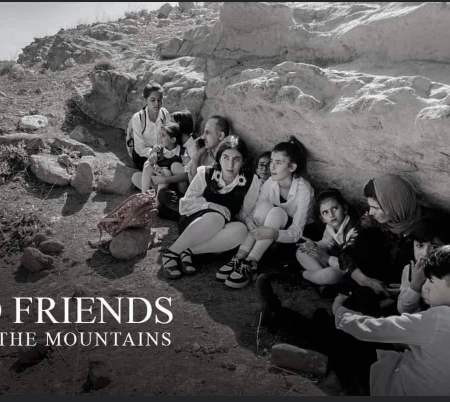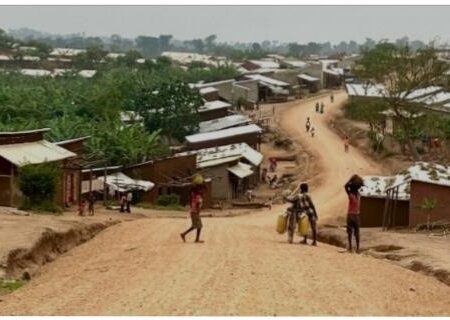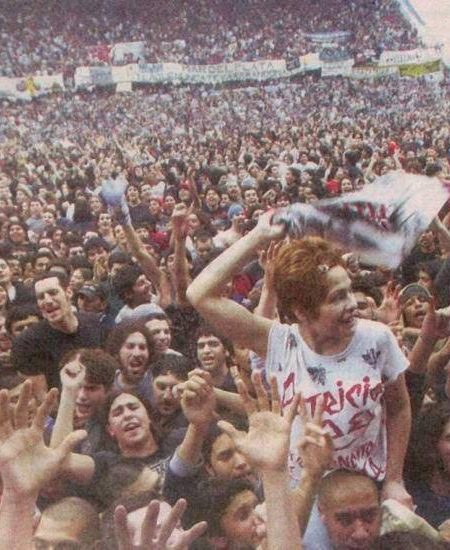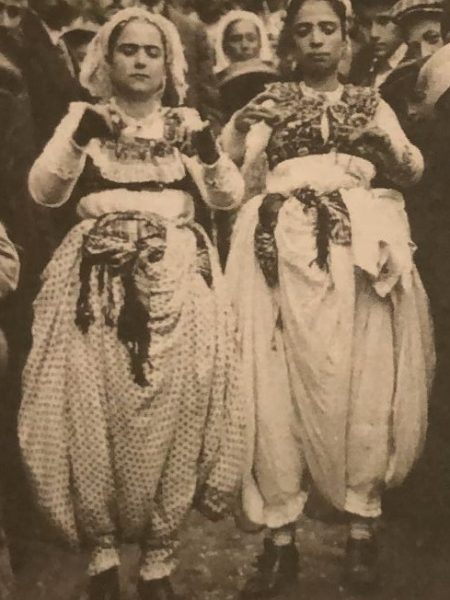Introduction
This research delves into the case study of the Afghani community living in diaspora in Rome, Italy, focusing on the cultural process of social music and dances, while and after the process of crossing borders: the physical border separating Afghani refugees from their homeland, and the socio-cultural one they experience in their new living context. The study intends to understand if it is important to keep the musical and choreutical traditions during migrations, in a non-eurocentric approach that doesn’t expect any answer a priori. The research investigates how social music and dance were seen, perceived, and performed in Afghanistan, their role in the family’s context, and how the perception of these traditions changed once becoming refugees. To prepare ourselves for this project we started defining social music and social dance, building a brief theoretical foundation for musicality, a basic knowledge of music and dance vocabulary in Afghanistan, and the entanglements in the political situation over time.
Methodology
We interviewed 5 individuals, collecting almost 4 hours of interviews, both video and audio. Our methodology was to ask a set of 25 questions, spanning from their general view about “traditional” social music and dance, memories from their life in Afghanistan, and then deepen more specifically the involvement of social music and dance in the process of their migration. The final project was put in the form of a short documentary.
The modality chosen was to run the interviews in a dynamic and informal setting, while driving around the city of Rome by car. The idea behind this was first of all to be sure that the interviewees were comfortable, talking freely with us, removing the pressure of a more formal environment. We also wanted to give the idea of people on the move; while the focus of the filming was on the interviewees, the surrounding background, visible by the car’s windows, is moving, a sort of metaphor for their rhythms traveling with them. It shows the new places they are actually living in now, and how the sounds of their new city are mixing with their recountings.
Research Questions
Our main research questions were initially two: the first one was to investigate the relevance of our topic: to understand whether the social musical and dance experience was something important before the humanitarian crisis, if it was important during the crossing of the country’s physical border, if it has some importance while living as refugees in a foreign space. The second question explored if – crossing the cultural border – a new cultural space for social music and dance should and could be built in the country of arrival, and if the natives – us Italians, in this case – should be involved in this process.
But during the interviews we ascertained the existence of a further border that beckoned our consideration, that unexpectedly became one of the main focuses of our final project: the gender division between men and women.
The Documentary
Conclusions
The cultural border between two very different societies with diverging gender relations, different availability of musical tools and social occasions to have musical and dance experiences, is seen as a very hard wall to climb by our interviewees, who at times felt extremely isolated and alone. But this research concludes that that wall can be broken, creating a new gender-free common space, where traditions can be shared and mixed with new ideas to be experienced. To restore the traditions outside the homeland, to feel at home in a foreign nation, entails the active participation of the natives not only as encouraging spectators but also as learners, performers, and facilitators. This togetherness shapes a space that counteracts the Taliban ban our interviewees all experienced in the past: it is indeed a political choice to start to dance together in an inclusive space, and finally to contemplate teaching, playing, singing, dancing without imposed boundaries, barriers, borders. Music and dances are, at the same time, an essential part of one’s wellbeing, a tool for mental and physical health, to be taken into greater consideration by all the actors promoting integration, such as governmental facilities, NGOs, cultural associations, educational bodies, health organizations, and so on. Furthermore, these findings could be disseminated in the fields of applied ethnomusicology, anthropology, intercultural studies, in particular in the sphere of oral history, where archival collections of recounting should start considering implementing a systematic harvest of choreutical and musical experiences, hence including non-logo stories in the contemporary history of migration.
Bibliography
Baily, John. “Cross-Cultural Perspectives in Popular Music: The Case of Afghanistan.” Popular Music 1 (1981).
Baily, John, and Freemuse. 2003. Can You Stop the Birds Singing? : The Censorship of Music in Afghanistan. Copenhagen: Freemuse.
Baily, John. “So near, so Far: Kabul’s Music in Exile.” Ethnomusicology Forum 14, no. 2 (2005): 213–33.
Banerjee, Sumanta. “Unheard Melodies from Afghanistan.” Economic and Political Weekly 37, no. 5 (2002): 380–81.
Blacking, John. How Musical Is Man? Seattle: Univ. of Washington Press, 2000.
Blacking, John. “Movement and Meaning: Dance in Social Anthropological Perspective.” Dance Research: The Journal of the Society for Dance Research 1, no. 1 (1983): 89–99.
Cohen-Stratyner, Barbara. “Social Dance: Contexts and Definitions.” Dance Research Journal 33, no. 2 (2001).
Hahn, Hans Peter. “Diffusionism, Appropriation, and Globalization. Some Remarks on Current Debates in Anthropology.” Anthropos 103, no. 1 (2008): 191–202.
Hardt, Yvonne. “Staging the Ethnographic of Dance History: Contemporary Dance and Its Play with Tradition.” Dance Research Journal 43, no. 1 (2011): 27–42.
Klein, Gabriele. “Dancing Politics: Worldmaking in Dance and Choreography.” In Emerging Bodies: The Performance of Worldmaking in Dance and Choreography, 17–28. Transcript Verlag, 2011.
Sakata, Hiromi Lorraine. “The Complementary Opposition of Music and Religion in Afghanistan.” The World of Music 28, no. 3 (1986): 33–41.
Shay, Anthony. “Choreographing, Hypermasculinity in Egypt, Iran, and Uzbekistan.” Dance Chronicle, 2008, Vol. 31, No. 2 (2008), pp. 211-238 Published by: Taylor & Francis, Ltd.
Sporton, Gregory. “Dance as Cultural Understanding: Ideas, Policy, and Practice.” Dance Research Journal 36, no. 2 (2004): 80–90.
Stepputat, Kendra, and Elina Djebbari. “The Separation of Music and Dance in Translocal Contexts.” The World of Music 9, no. 2 (2020): 5–30.
War, Exile and the Music of Afghanistan the Ethnographer’s Tale. 2015. Routledge.
